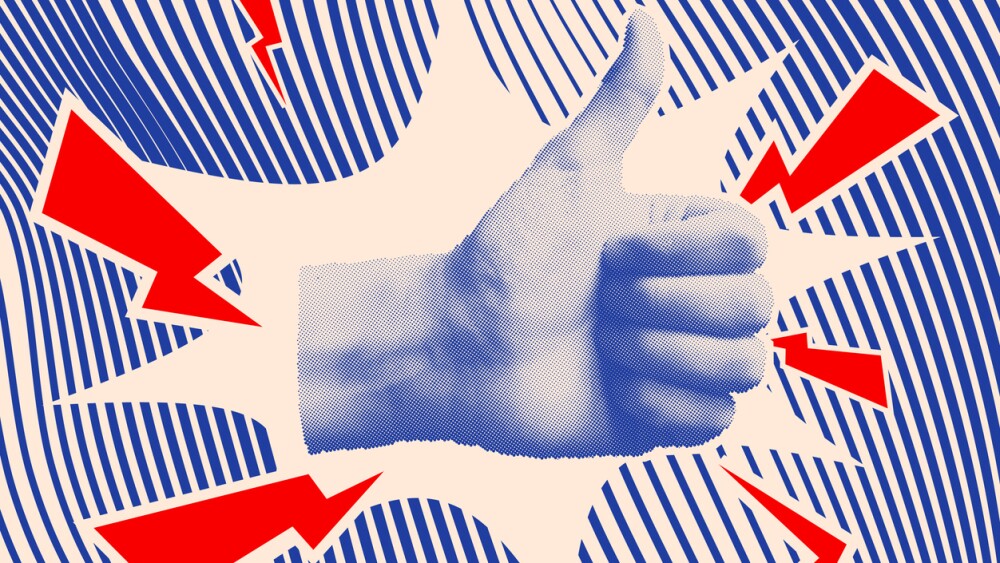This article offers suggestions for how to be camera-ready for a virtual interview.
As online interviewing expands in the wake of the COVID-19 pandemic, job seekers need to optimize how they appear to their interviewers. This article offers suggestions for how to be camera-ready for a virtual interview:
Appearance
- : Many jokes have gone around about being interviewed without pants on since your bottom half won’t be seen. Further, the idea of being interviewed in your home might suggest more casual attire. The truth, however, is that it’s best to dress just as you would for a face-to-face interview. Not only is there less risk of turning off an interviewer with too-casual attire, but you will feel more confident if you dress professionally. Writing for Harvard Business School, Lauren Landy suggests the norm should be “a button-up shirt, blazer, and chinos” and a skirt and blouse for women. A jacket is a nice finishing touch for women. Avoid flashy, distracting colors and patterns, as well as high-contrast color combinations. Pamela Skillings also advises eschewing black (which makes you look washed out) or white (too bright and distracting).
- : Women with longer hair should style it in a way that keeps it off their face, such as in a ponytail or bun. If you normally wear makeup, it’s OK to apply it slightly more heavily for the camera; after all, TV and movie actors always wear makeup, partly to reduce shine from bright lights. Skillings even suggests a bit of makeup for men if they are prone to sweating or looking shiny. Avoid distracting jewelry. Men with facial hair should keep it neatly trimmed. Men who don’t intend to have facial hair should look clean-shaven – no 5’o-clock shadow. While piercings and tattoos are not the issue they once were, consider pre-empting risk by removing above-the-shoulder piercings (other than ears) and covering tattoos.
Body Language and Nonverbals to Deploy
- : Sit up straight and lean in slightly toward the camera.
- Eye contact: This nonverbal behavior is just as important in an online interview as in a face-to-face meeting, and insufficient eye contact is even more noticeable on camera. It’s tricky online because we’re tempted to look at the image of ourselves on the screen. Instead, look at the interviewer via looking at the camera. As Alexa Curtis suggests on Medium, depending on the platform used, you may be able to position the image of yourself on the screen so that it is right below your camera; that way you can both make eye contact and see yourself.
- Projecting enthusiasm: Employers consistently cite lack of enthusiasm as a reason not to hire. The best way to convey enthusiasm is to smile. While smiling through every minute of the interview may not be appropriate, do smile frequently. You can’t shake hands in an online interview, so smiling also becomes the substitute way to express warmth and friendliness.
- : It’s OK to take a small pause before responding to a question to gather your thoughts and is preferable to blurting out an ill-considered answer.
Body Language and Nonverbals to Avoid
Fidgeting: Any sort of excessive movement will be very noticeable on camera, so stay as still as you can.
Exaggerated hand gestures: Your hands may or may not be seen on camera, but to be on the safe side, keep any hand gestures small and close to your body.
Touching your face: In the age of COVID-19, we are all newly aware of the health dangers of this behavior. Your interviewer may be not only distracted, but also uncomfortable and concerned for you.
Excessive sweating: Sweat may not be noticeable on camera unless it is very profuse, but much depends on lighting and camera angles. It’s also not something easily controlled. If you know you tend toward heavy sweating, have a tissue or handkerchief handy to subtly dab sweat off your brow or face.
Voice and Verbal Tics
- Pause or filler words: Few of us are able to avoid filler words, such as “so,” “um”, “uh,” “like,” “you know,” and overuse of “and,” but we should try because they will be very noticeable in an online interview. Practicing interview responses can help with your verbal fluency.
- Voice projection: You especially want to be heard in an online interview, so be sure to speak up. Speaking in a strong voice is one of the best ways to project confidence.
- Trailing off at the end of a response. You can almost hear the ellipses (...) at the end of this kind of response. The candidate sounds like he or she isn’t finished, yet stops speaking. Be sure you end your responses definitively.
- Raising your voice in a questioning manner or speaking in a sing-song rhythm (also known as “uptalk”). Years ago, this practice was known as the “Valley Girl” way of speaking. The best way to avoid these habits is to be aware of them and practice speaking in a normal cadence.





